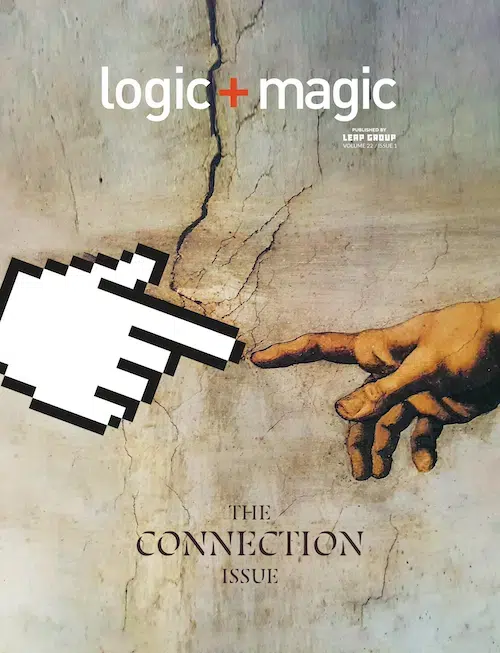If you have not heard of the iPad, iPod or iPhone you are either one of my grandparents or you have been living under a rock. These Apple products have been changing the way we do business since their inception. The majority of my friends have iPhones or iPods, and I am seeing more and more iPads at business meetings and seminars.
What I have noticed — and what I point out to my interactive marketing clients building new websites — is that these devices can’t read Adobe Flash. It isn’t just Steve Jobs and his gaggle of iProducts who are against Flash, either. Many PC users find Flash to be cumbersome.
Flash uses quite a lot of CPU and reduces battery life. Forget the iPad; loss of battery life isn’t ideal for any tablet. If that isn’t enough, the security is questionable and considered not patchable by Adobe. Site navigations in Flash also tend to be difficult to edit and take longer to create.
Of course, it doesn’t matter how clunky something is if there isn’t a better solution out there. HTML5 is poised to replace Flash with audio and video that can be embedded into a webpage without a plug-in. It also allows for image transitions such as fades and sliders that are common on many website homepages today. HTML5 also allows for more search engine optimization and loads much faster.
With the recent release of the preview version of Adobe Edge, an HTML5 development tool, Adobe is subtly acknowledging that HTML5 might be the future. Even though the final release is still on the horizon in 2012, this focus on the mobile web market is a leap forward for Adobe. If Adobe, the creator of Flash, thinks HTML5 is the future, shouldn’t we?
It seems like a no-brainer, but there are many agencies and clients that want to stick with what they know: Flash. In this digital age, however, we need to look at what is in the best interests of our clients and what is compatible across browsers, computers and tablets.

